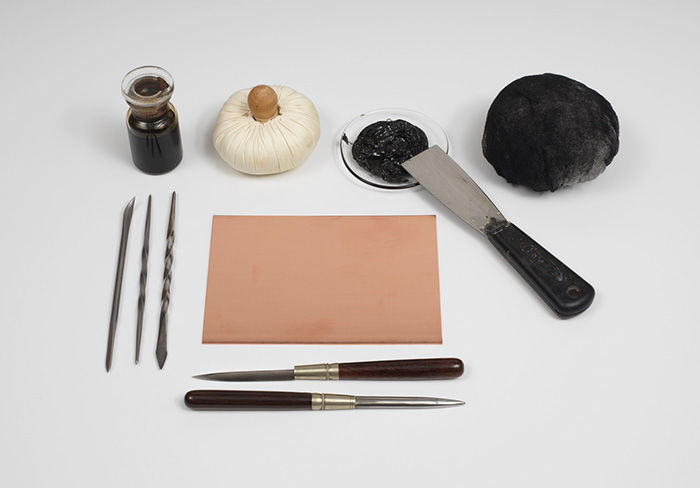Old Chelsea Church
Sir Francis Seymour Haden British
Not on view
Seymour Haden was the unlikely combination of a surgeon and an etcher. Although he pursued a very successful medical career, he is mostly remembered for his etched work as well as for his writings on etching. He was one of a group of artists, including James McNeill Whistler (1834–1903) and Alphonse Legros (1837–1911), whose passionate interest in the medium led to the so-called etching revival, a period that lasted well into the twentieth century. The extolling of etching for its inherent spontaneous qualities reached its pinnacle during this time. While the line of the etching needle, Haden wrote, was "free, expressive, full of vivacity," that of the burin was "cold, constrained, uninteresting," and "without identity."
View of Chelsea, seen at a distance from the Thames; barges and sailing boats on the water.
"Trial Proofs: (c) Much dry-point work added in the water, which renders the plate darker and more sombre. Coll. H."
[Source: Harrington, p. 53]
"State III (Dc, I impression; Hc). Additional drypoint work in the sky at the left of the rigging above the trees and in the sky at the center. Heavy drypoint line at extreme right of plate. Additional drypoint work in the water making the plate darker. One bird redrawn and three added, thus there are five."
[Source: Schneiderman, p. 221]

